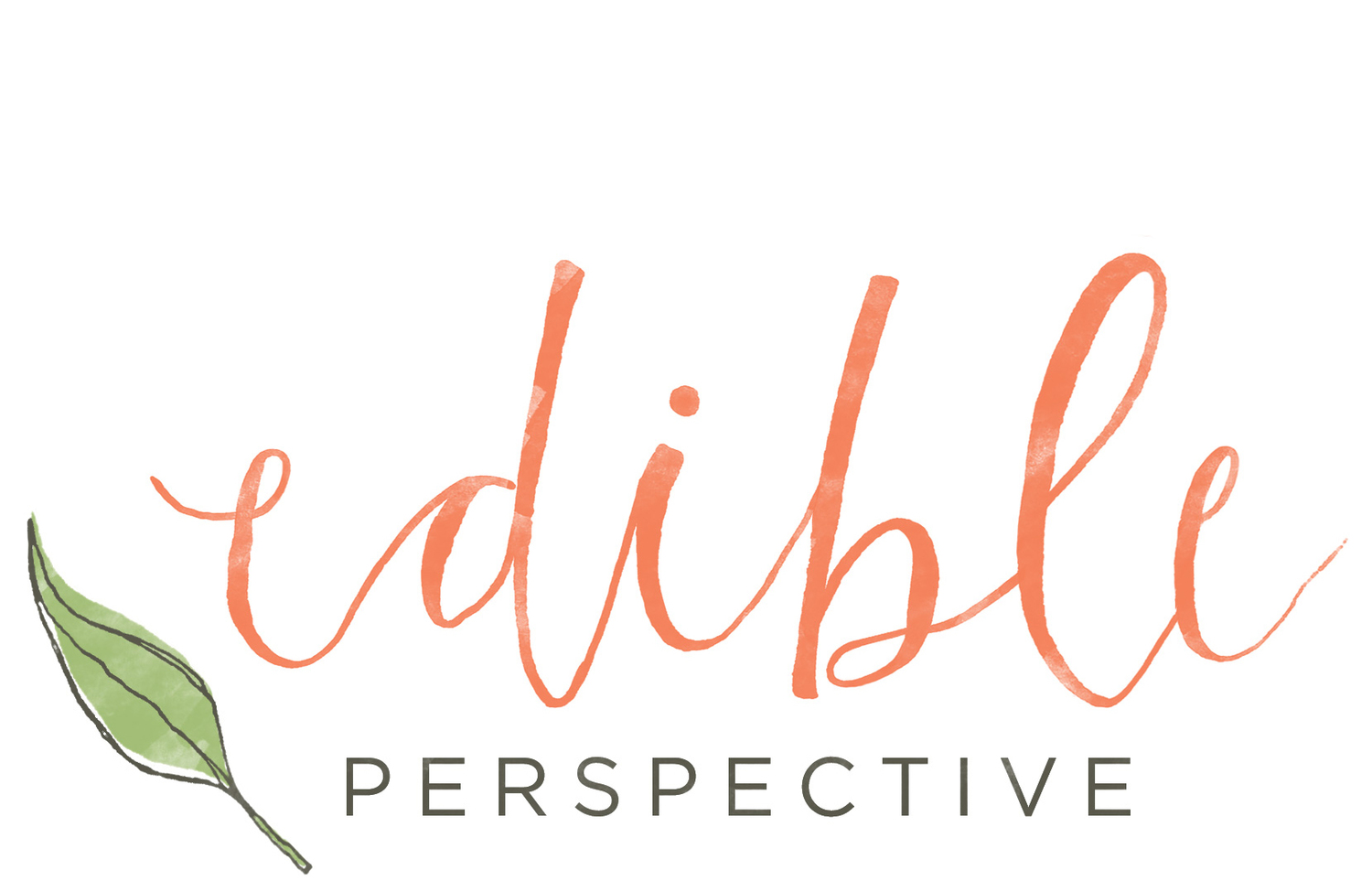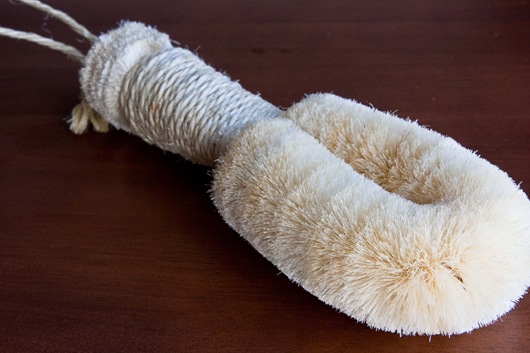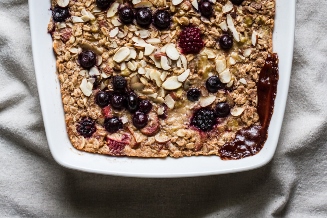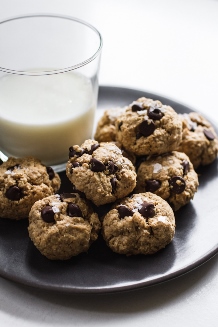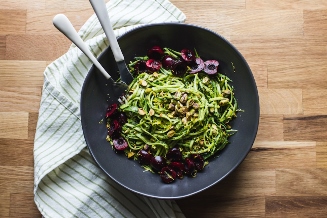you ask, i answer : swimming + dry brushing
/Two topics that people have been asking a lot about lately are swimming + this new dry brushing technique I’ve been doing.
I was never a competitive swimmer in high school. I took lessons when I was young and just knew the basics. In college, I swam for exercise for a few months, but didn’t stick with it. My senior year, I took a swimming class [yay easy A!], which helped my confidence in the pool a lot. It was always a bit overwhelming to me, and I never felt like I could progress on my own. The swim class built up my stamina and made me feel great. After that class though, I didn’t swim laps again until this past February/March. My foot was injured, from running, and I was trying to find a way to stay in shape during the colder months. I also had cheap access to a pool, which I know is not always an option.
I absolutely LOVE swimming now and can’t imagine my workouts without it. I don’t find it boring at all and the time always seems to fly by! You definitely need to give it a month or so to see if you really like it. :)
The questions I hear the most are as follows.
- What gear do you need to get started?
- How did you build up your stamina?
- How many breaths do you take while swimming freestyle?
- How do you not lose count of laps?
- What are examples of the workouts you do?
I’m going to answer these questions, as best I can and refer you to a few other places for more information.
1. What gear do you need to get started?
There really isn’t much, but swimming will definitely cost you a little money in the beginning. You will need:
- pair of goggles
- swim cap
- bathing suit
For the fist few weeks I swam without a swim cap. It was terribly annoying. My hair would never all stay back and it would drip water into my mouth when I turned my head to breathe. It made a huge difference when I started wearing one, although I fumbled to get it on the first few times. They cost on average, $10.
Make sure your goggles are comfortable and not too tight to your face. They also shouldn’t pinch your nose. I think mine cost about $15-20.
Having a properly fitting bathing suit is really important! I tried on about 12 before finally deciding on this one. It fit the best and the sizing does not coincide with any other type of clothing, so I suggest trying them on in the store. I happened to find this on sale at Dick’s for $50! Bathing suits like this will usually run you $60-80. Make sure the straps aren’t digging in to your shoulders. You also don’t want it too tight, but make sure it’s snug.
2. How did you build up your stamina?
I’m sure you can find plans online that will inform you how to do this in more detail. I would say it took about 1-2 months of swimming 2-3x per week, before I felt like I could keep going + going. I started off very slow, taking breaks + water whenever needed. It’s very normal to feel like you’re not getting enough air at first. Don’t pay attention to number of laps but think about length of time. Try to stay in the pool at least 30min. Every time you go try to make the time you’re actually swimming, longer. Take less breaks. You definitely will have you push yourself! Working in sprint laps will also help!
A few more tips…
Make sure you warm up for about 5min. I like to use the kickboard for this and switch off from freestyle kick to breast stroke kick to wake up my legs!
Another great warm up and conditioning tool is the buoy. Stick this in between your legs, and use your arms only. This will help put your body in the right position in the water and keep you buoyant. You won’t need to work quite as hard while using this. I looove using the buoy. It really helped me with body positioning and if your legs are tired, use this to give them a break. Most pools will have these available for you to use.
Go slow! As slow as you can for as long as you can!
Also, after your first few times at the pool, try to take less and less breaks. If you feel like you need more air, switch to breast stroke or back stroke. This way you’ll still be moving, but breathing more and keeping your heart rate up. You can also use the kickboard.
3. How many breaths do you take while swimming freestyle?
I breathe on both sides and take a breath every other stroke.
stroke right, stroke left, stroke right + breathe left : stroke left, stroke right, stroke left + breathe right
At first though, I only would breathe on one side and would take a breath every 2 strokes.
stroke right, stroke left + breathe right
I slowly started to incorporate more of the every other stroke breathing and then switching breathing from side to side. Soon, this became easier, and kept me at a steadier pace.
Great link on Freestyle Breathing!
4. How do you not lose count of laps?
This is really hard at first!! I used to lose count all of the time. I’m sure you can buy some sort of lap counting device, but I didn’t find that necessary. As you keep swimming, you’ll get better at the counting. Sometimes I lose track, but really, time in the pool is more important to me than distance. So don’t fret if you lose count!
One way that makes it easier to keep count, is if you switch up what you’re doing. For instance.
- 10 laps freestyle
- 10 laps breast stroke
- 20 laps freestyle
- 10 laps back stroke
This makes it easier to keep track because once you count to 10, you switch strokes and start counting again from 0. It also helps if you write down your swim routine plan and stick it in a plastic bag. Take this to the lane with you and reference it as needed.
Another counting trick I made up is sprinting every 10th length. In the pool I’m at, each length is 25m, so 2 lengths = 1 lap. When I sprint every 10th length, it makes it much easier to count. I basically just keep counting to 10, but keep track of what set I’m on. [20, 30, 40, etc.]
Sometimes switching it up and counting backwards can help, if you know the number of laps you want to swim. It’s all about finding out what works for you!
5. What are examples of the workouts you do?
This is definitely something you should look up more about online. I don’t really follow any type of plan, but just do what works for me. Here are some examples of swims that I’ve done in the past and posted on the blog.
- 100m warm up
- 1250m freestyle
- 500m breast stroke
- 500m freestyle
- 50m cool down
= 1.5 miles in 55min!!!!!!! I had to count to 96 [lengths] for this workout…yikes!!
- 100m kickboard warm-up
- 500m freestyle
- 250m aqua jogging
- 500m breaststroke
- 250m aqua jogging
- 250m freestyle
- 100m breaststroke cool-down
total workout time = 1 hour
- 100m warm up
- 500m freestyle
- 100m freestyle plus 50m sprint freestyle x6 = 900
- 250m breast stroke
- 100m cool down
1850m total, 50minutes
example 4 – back in April
I still got a great workout in and didn’t really count anything but just swam for 40-45min.
- kickboard – legs only
- buoy – arms only
- breaststroke
- freestyle
- tread water – 5min
- breaststroke
- freestyle
- tread water – 2min
Ryan [Greens For Good] made a few guest posts on Cailtin’s blog awhile back that really helped me get started. Check out Ryan’s swimming page here!
---
And now onto DRY BRUSHING!! Many of you have been interested, so I thought I would post what I know.
Dry brushing has been shown to help things like:
- skin dryness/removes dead skin
- cellulite
- immunity support
- muscle toner/skin tightner
- aids digestion
- lymphatic system detoxifier
What do you need??
Easy! A dry BRUSH!
I bought this brush at a local health food store. It has soft, synthetic bristles and cost under $6. I used this at first, but found that it hurt my wrist from the brushing motion because it has such a long handle. Some brushes like this are made with a removable head piece that would make it much easier to use. You would only need to attach the long stick part when brushing your back.
I figured I would just use that in the actual shower, for srubbing, so I bought a more wrist friendly brush from the same store. This one cost under $7. The brustles seemed soft enough, but when I tried it out they were actually REALLY rough. I am not about to buy a third brush, so I’ll just have to break this one in somehow.
However, my 2 brush strike outs, lead me to looking for brushes online. I’m not going to buy this one, but definitely recommend it to you! It’s like the version of what I have below but is a softer version. Wish I would have looked here first!
Even though the brush may seem rough at first, your skin will get used to it!
The best explanation I’ve found for technique is on the website, Natural Health Techniques.
I just do the basic How To Dry Brush (Easy fast instructions), but maybe will check out the lengthier version as well. I would say I spend about 5-7 minutes doing it before my shower. Here are a few guidelines I follow.
- brush up legs starting with feet
- brush up arms starting with fingers
- brush upwards from waist to mid back
- brush down from neck to mid back
- brush up butt
- brush down from neck towards heart
- brush up from stomach towards heart
You’re not supposed to just haphazardly brush, so make sure you read more about it! After the first time, I could feel a difference. My skin felt very different, in a good way. After a full week of dry brushing, I’m loving it!!
I also watched this video, because I’m much more of a visual person!
---
Hopefully that clears up a lot of questions on both topics. Have a great rest of your day!!
Ashley
